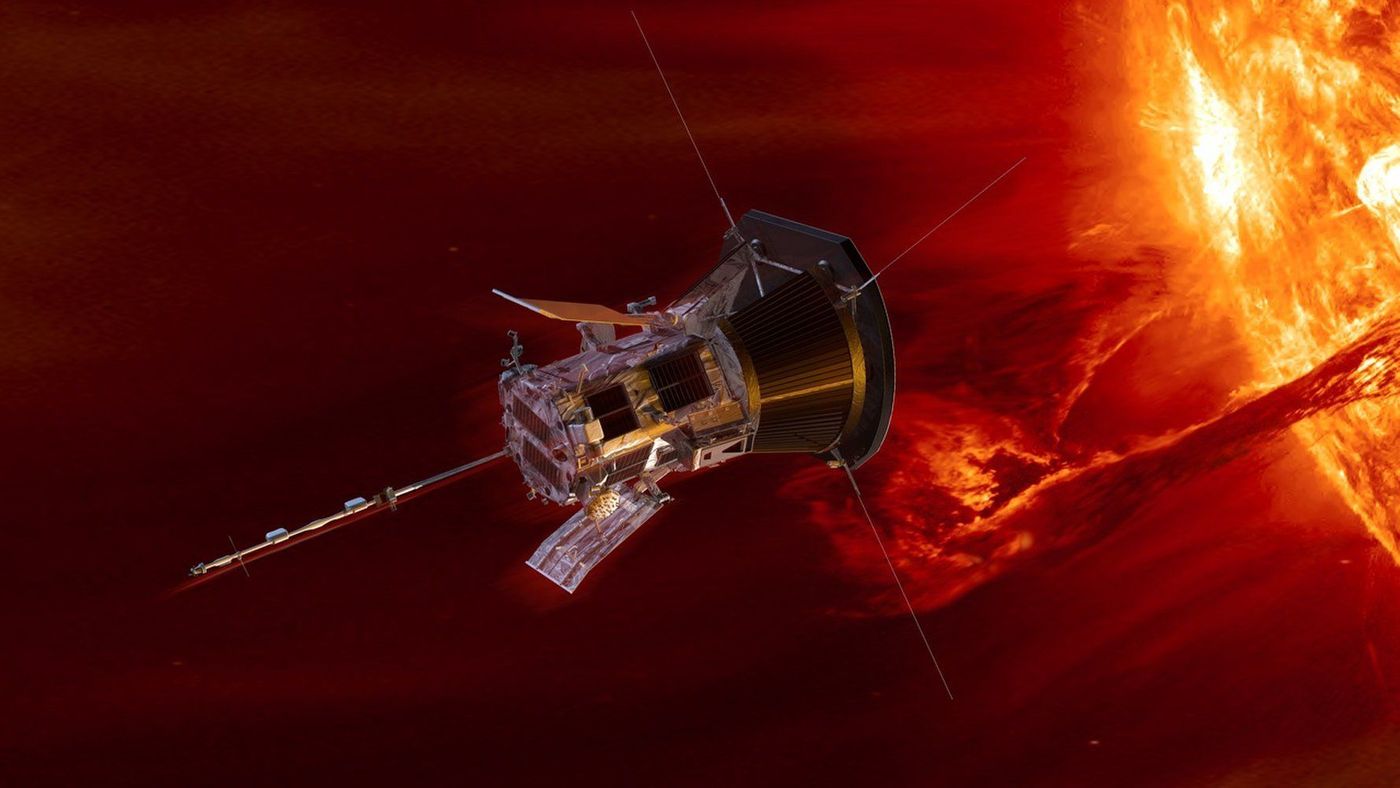NASA's Parker Solar Probe Conducts its Second Closest Approach to the Sun
NASA launched its Parker Solar Probe last August with the intent of studying the beating heart of our solar system: the Sun. Equipped with new technologies, the Parker Solar Probe broke a record in October to become the closest spacecraft to the Sun, and it wasn’t long after achieving this incredible feat that the Parker Solar Probe arrived at its destination and entered orbit around the Sun to commence its scientific endeavor.
Image Credit: NASA
NASA’s prized Parker Solar Probe has been orbiting the Sun very closely for several weeks now, and as you might come to expect, many are wondering how the little spacecraft is holding up in such a harsh environment. Fortunately, a statement issued by the American space agency within the past week reveals that all is well in Parker Solar Probe land.
Perhaps more importantly, the Parker Solar Probe completed its second closest approach to the star’s surface just last week at only 15 million miles away, a phase of its orbit around the Sun that NASA calls perihelion. According to NASA, the feat was achieved at 6:40 P.M. Eastern time on Thursday, April 4th while the spacecraft traveled at a break-neck speed of more than 213,200 miles per hour.
As it would seem, mission scientists used the Deep Space Network (DSN) on Earth to maintain communication with the Parker Solar Probe throughout the perihelion event. From that contact, they discerned that the spacecraft’s hardware and instruments were performing nominally and that it’s actively gathering information that will help scientists achieve a greater understanding of the Sun’s physical features.
“The spacecraft is performing as designed, and it was great to be able to track it during this entire perihelion,” Parker Solar Probe mission operations manager Nickalaus Pinkine explained. “We’re looking forward to getting the science data down from this encounter in the coming weeks so the science teams can continue to explore the mysteries of the corona and the Sun.”
Related: NASA's Parker Solar Probe sends back a picture of the Earth
The spacecraft’s hardware and instruments are protected from the Sun’s intense heat and radiation by an advanced heat shield called the Thermal Protection System (TPS). It’s comprised of two superheated carbon-carbon composite panels that sandwich a 4.5-inch thick carbon foam core that acts as an insulator. NASA estimates that the spacecraft endures hellish temperatures of up to 2,500º Fahrenheit.
The Parker Solar Probe mission will hang out in this environment for at least seven years, helping scientists learn more about the Sun’s magnetic field and the plethora of solar storms, among other things. Given just how dangerous solar storms can be, this data ought to be interesting.
Source: NASA









